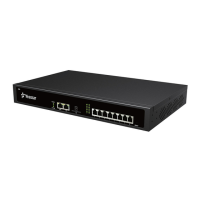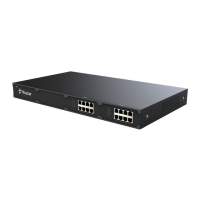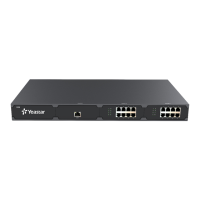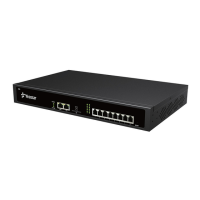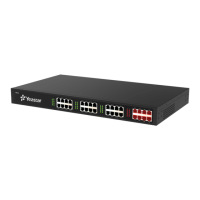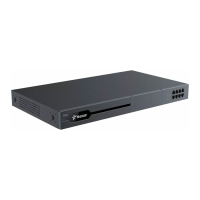S-Series IP PBX Administrator Guide
61
The extension number dialed to reach this ring group.
Give this ring group a brief name to help you identify it.
Select an appropriate ring strategy for this ring group.
Ring All Simultaneously: ring all the available extensions simultaneously.
Ring Sequentially: ring each extension in the group one at a time.
Seconds to ring
each member
Set the number of seconds to ring a single extension before moving to the next
one.
Choose the member of this ring group
Choose the failover destination.
Queue
Queues are designed to receive calls in a call center. A queue is like a virtual waiting room, in which
callers wait in line to talk with the available agent. Once the caller called in S-Series and reached the
queue, he/she will hear hold music and prompts, while the queue sends out the call to the logged-in
and available agents. A number of configuration options on the queue help you to control how the
incoming calls are routed to the agents and what callers hear and do while waiting in the line.
Go to Settings > PBX > Call Features > Queue to configure queue.
Click to add a new queue.
Click to delete the selected queues.
Click to edit one queue.
Click to delete one queue.
Please check the queue configuration parameters below.
1) Basic Settings
Table 7-3 Queue Configuration Parameters - Basic Settings
Use this number to dial into the queue, or transfer callers to this number to
put them into the queue.
Give this queue a brief name to help you identify it.
You can require agents to enter a password before they can login to this
queue.
This option sets the Ringing Strategy for this Queue. The options are:
Ringing All: ring all available agents simultaneously until one answer.
Least Recent: ring the agent which was least recently called.
Fewest Calls: ring the agent with the fewest completed calls.

